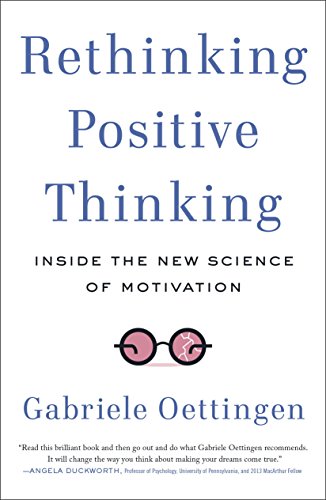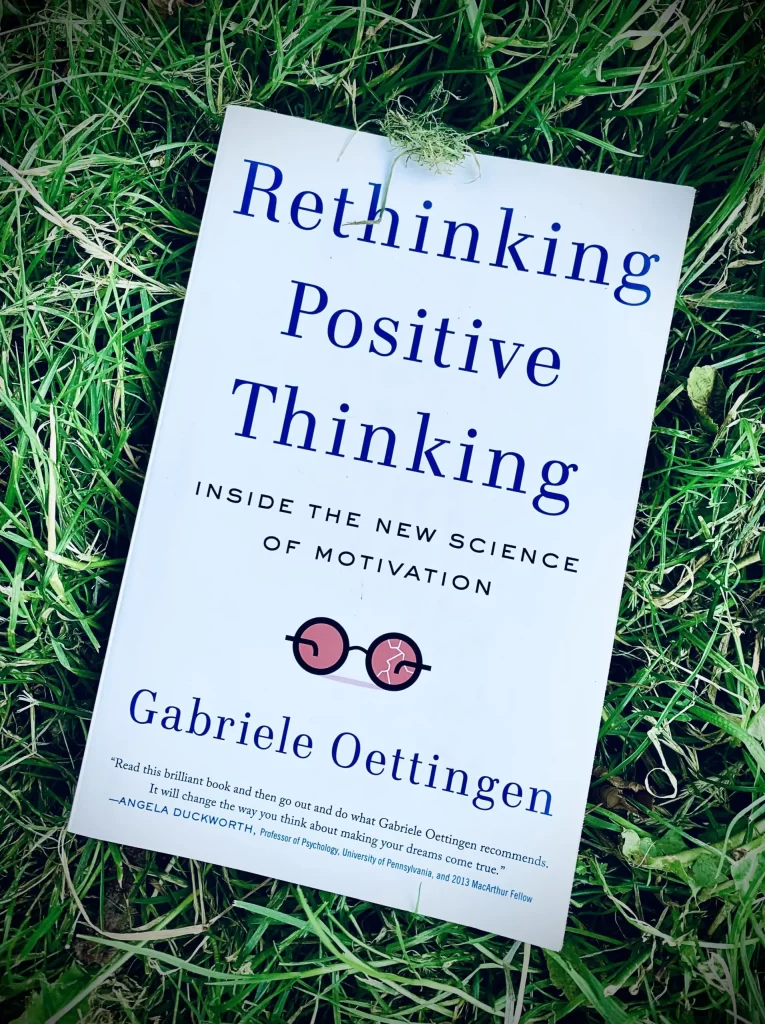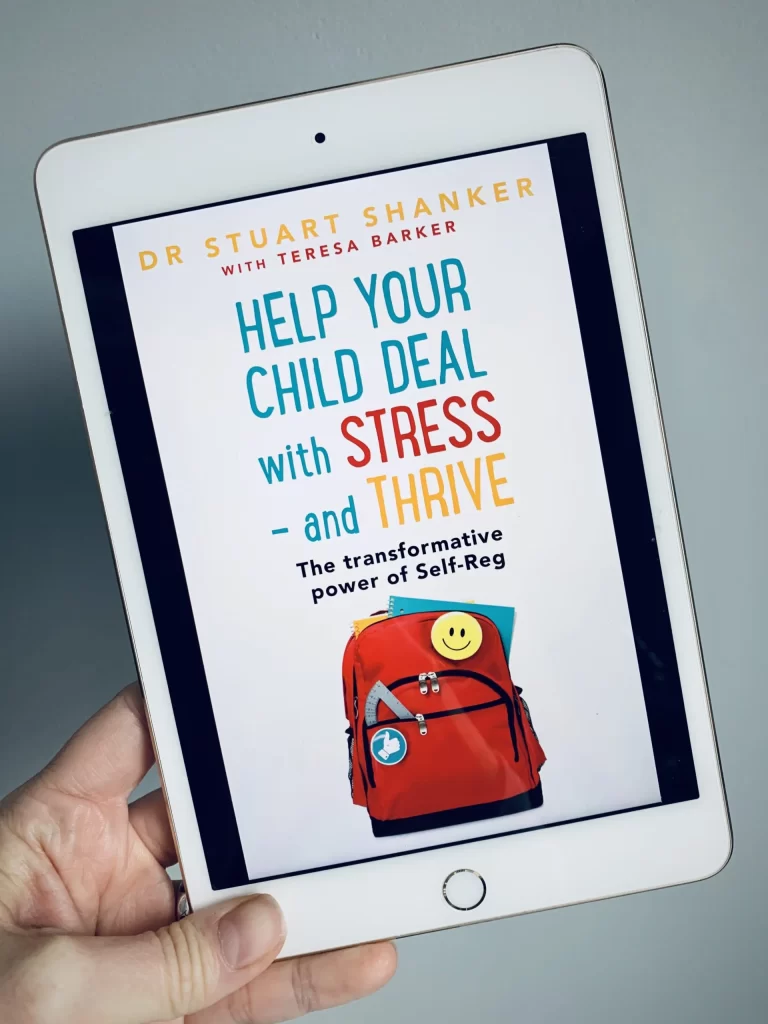
Rethinking positive thinking. Book summary
Inside the new science of motivation
Gabriele Oettingen
Current; Reprint edition (25 Nov. 2015)
About the book
Key insights
“Rethinking positive thinking is a book about wishes and how to fulfill them. It draws on twenty years of research in the science of motivation. And it presents a single, surprising idea: the obstacles that we think most impede us from realizing our deepest wishes can actually hasten their fulfillment.”
Here you go – positive thinking and dreaming are not all it’s cracked up to be ☺ Just dreaming and visualising the best outcome will not help you fulfil your dearest wishes. Facing the obstacles and creating a plan for overcoming them – that’s what turns dreamers into doers.
In the book, Oettingen gives us some practical tips on how to apply these ideas to our lives and how to dream properly —learning about mental contrasting, implementation intentions and how to get our WOOP on.
Let’s jump into our favourite ideas.
The downside of positive thinking
“My research has confirmed that merely dreaming about the future makes people less likely to realise their dreams and wishes (as does dwelling on the obstacles in their path). There are multiple reasons why dreaming detached from an awareness of reality doesn’t cut it. The pleasurable act of dreaming seems to let us fulfill our wishes in our minds, sapping our energy to perform the hard work of meeting the challenges in real life.”
We are often told that we just need to manifest our dreams and wishes and visualise success (remember, for example, “The secret”?). Oettinger started her research to prove the point, but she was surprised by the results – if you are merely dreaming and visualising just positive outcomes and success, you are less likely to act to achieve your dream!
Interestingly, in her studies, she measured people’s blood pressure, then let them positively fantasise about their wish and then took their blood pressure again. Results? Their blood pressure went down significantly, and they showed a decline in energy and motivation. But to act and do stuff, we need to be energised and “electrified”:
“By fooling our brains into thinking we’re already successful, we lose motivation and energy to do what it takes to actually become successful.”
So the positive fantasies feel good in the immediate term but are not helpful over the long run if we really want to fulfil our dreams: “…unknowingly we become singularly unprepared for the one thing that might allow us to actually achieve success: taking action”.
Mental contrasting
“I reasoned that the best way to get people up and moving was to ask them to dream and then confront them right away with the realities that stood in the way of their dreams. I called this confrontation “mental contrasting”. If I could ground fantasies in a reality through mental contrasting, I might be able to circumvent the calming effects of dreaming and mobilise dreams as a tool for prompting directed action.”
Research shows that just dreaming can actually lead us to the opposite results – we become relaxed and comfortable in our fantasies and don’t take action. But mental contrasting is the secret ingredient to make our wishes come true. So if we consider obstacles when dreaming, we literally get fired up and ready to act. Mental contrasting makes us focused and committed to a wish.
But here is one more little secret – you need to believe that you can achieve your wish (it has to be feasible). Then your motivation is at the highest level. If you don’t think you can do it, then your motivation drops.
So mental contrasting could be an excellent tool to stream your energy into challenging but feasible wishes. It gives you resources on a psychological level if you are up to pursuing an achievable dream but spares the resources if the goal is unachievable. However, it is actually good to disengage from the wish that you can’t achieve:
“Our study suggested that mental contrasting could help people do both things: engage even more forcefully when it made sense to engage, disengage even more forcefully when that made sense. It functioned as a self-regulation tool, helping people allocate their energy more efficiently so they didn’t merely pursue wishes, but wisely pursued them.”
Implementation intentions
“Peter and his collaborator, Veronika Brandstätter, found that once we’ve firmly committed to achieving a goal, explicitly formulating a plan for attaining that goal could help people take action and overcome obstacles.”“As time passed and Peter conducted more studies, he came to realise that forming a plan for how to attain a certain goal—what he termed the ‘implementation intention’—had a more powerful effect if it took on the particular form of an ‘if-then’ statement: ‘If situation x arises, then I will perform response y.’
So “implementation intentions” are plans how to achieve a wish. And this is simple and powerful. An algorithm for giving mental contrasting a boost: IF situation, THEN behaviour. That’s a fantastic tool to move from a wish/goal intention to action.
“Like mental contrasting, implementation intentions seemingly work magic by operating on an automatic or nonconscious level.”
By using implementation intentions, you basically program your mind to act in a specific way whenever an obstacle or opportunity arises. In combination with mental contrasting, it helps you select and attain wishes easier and more effectively by automating your behavior.
P.S.: Peter M. Gollwitzer is actually Gabriele Oettingen’s husband ☺ What a family!
The magic of WOOP
“As I started to teach mental contrasting with implementation intentions as a single, unified tool, I realised that we needed a better name than ‘MCII.’ The name WOOP—Wish, Outcome, Obstacle, Plan—came to us almost by accident in the course of fielding a study. We liked how accessible WOOP was and how well it captured the key steps. As a tool, WOOP is what psychologists call ‘content neutral,’ that is, it can be used to help with any kind of wish you might have, short term or long term, big or small. If you’re a professional, you can use it to reach a new milestone in your career, improve your skills—whatever you can think of. If you’re a student, you can apply it to study more productively. If you’re a mom or dad, you can apply it to handle challenging situations with your children more effectively. Anyone can use it in his or her personal life for any purpose—for instance, to form closer relationships with others or improve health.”
WOOP = Wish + Outcome + Obstacle + Plan. A very practical and scientifically proven tool, which you can use in all life circumstances in order to make your wishes come true.
- Wish: a wish or concern in your personal or professional life, which is challenging but achievable in a given period of time (year, month, week, day?)
- Outcome: the number 1 benefit you associate with fulfilling your wish or solving your concern
- Obstacle: the most critical obstacle that prevents you from fulfilling your dream (importantly, that must be an internal obstacle – behaviour, habits, beliefs; dig deeper to make sure you are addressing a critical obstacle for you). Basically, what holds you back?
- Plan: number 1 thing you can do to overcome your obstacle. “If obstacle X occurs (when and where), then I will perform behavior Y”.
And here is a very practical exercise from the book which you can do right now:
“On a blank sheet of paper, name the wish in three to six words. Identify the best outcome (also in three to six words) and write it down. Now let your thoughts lead your pen, taking as much paper as you need. Then name your obstacle and write it down. Imagine the obstacle, again letting your thoughts wander and lead your writing. To create a plan, first write down one specific action you can take to overcome the obstacle. Write down the time and place where you believe the obstacle will arise. Then write down the if-then plan: ‘If obstacle x occurs (when and where), then I will perform behavior y.’ Repeat it once to yourself out loud.”
Remember, you can use WOOP for every situation in your life and you can WOOP anything on a daily basis. Oettingen also gives us a reminder card for daily use:
WOOP Four-Step Technique
Wish ____________________________
Outcome _________________________
Obstacle_________________________
Plan: If __________ then I will_________
Practice daily (either on a sheet of paper or in your head) ☺ It’s free and really efficient!
Btw, here you can get a printable version of this WOOP reminder card.
Start WOOP at a young age
“A number of studies described in this book indicate that mental contrasting and WOOP help children regulate their efforts to achieve wishes better. In some respects, children have a huge advantage over adults in learning and working with this tool.”
Children have a very plastic brain, and you, as a parent (or teacher), can help them to learn the WOOP technique so they can program their minds for success from childhood.
The WOOP tool allows children to master the techniques that will help them to regulate their energies and achieve their goals. Basically, it gives them strategies they can use to boost their performance.
“If you start children on WOOP at a young age, they will begin moving toward their dreams sooner. They will be better able to adopt basic behaviors required in order to get along with the world, such as listening to others, learning from feedback, or controlling emotions. Once these behaviors are in place, they become habits on which children can build”
So today is definitely a good day to teach your children to WOOP their wishes 🙂
Action steps for you:
- Here are two questions for you to think about: What is your dearest wish? What holds you back from achieving it?
- Practice to WOOP your wishes on a daily basis: Wish + Outcome + Obstacle + Plan = Success
- Teach your children to WOOP!
Quotes from the book:








